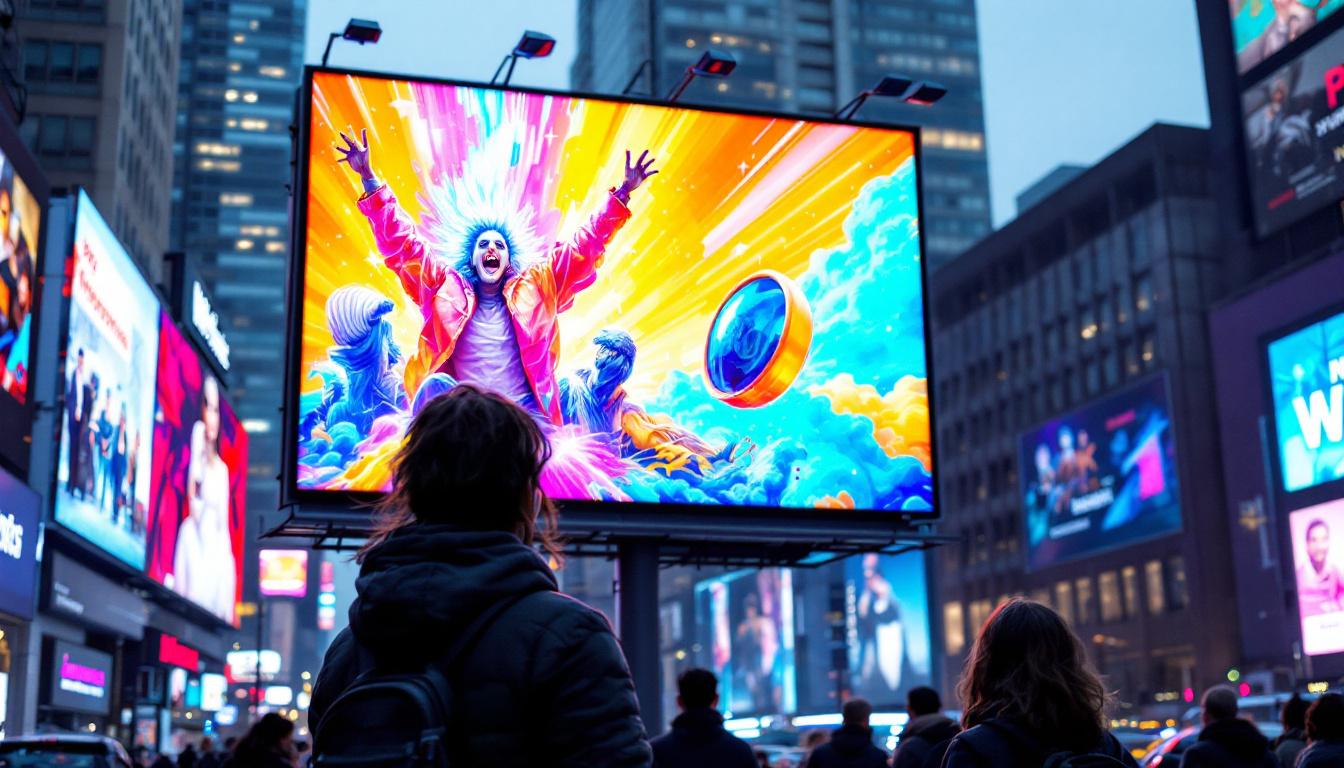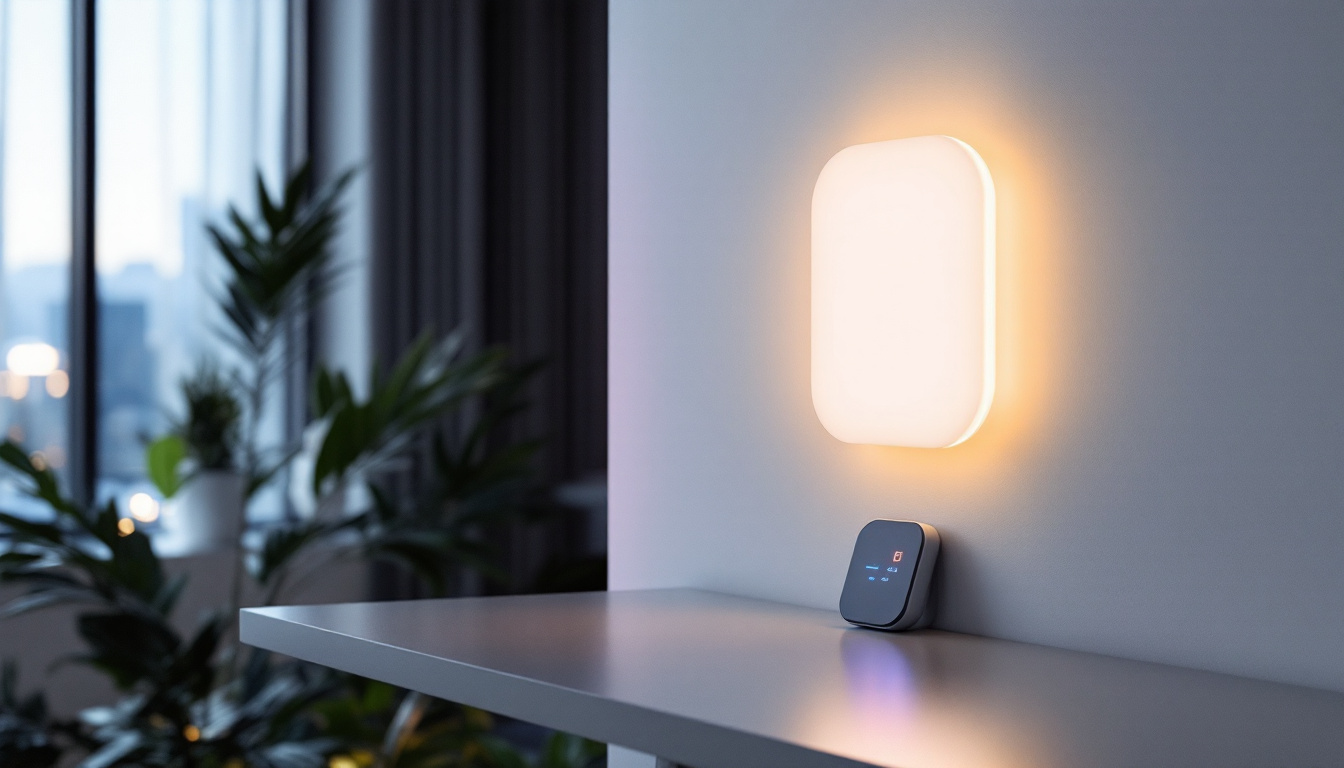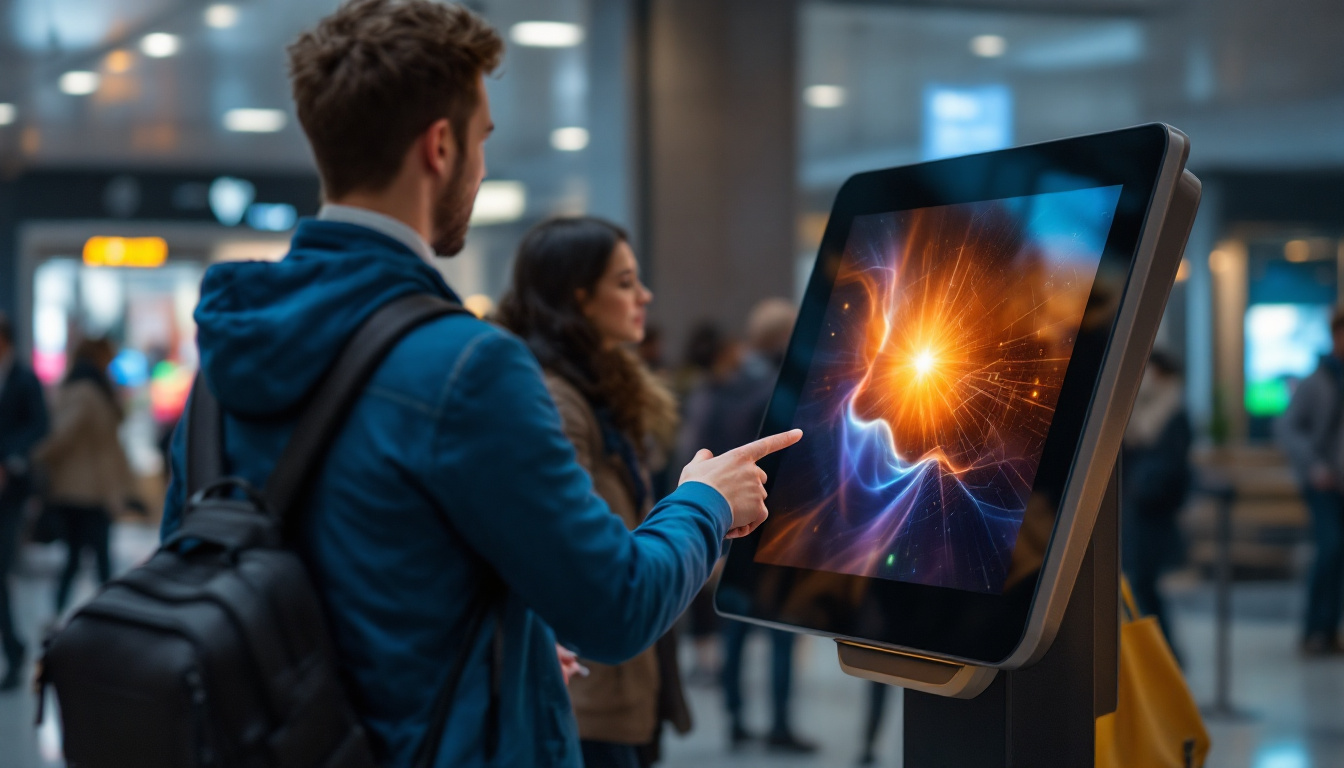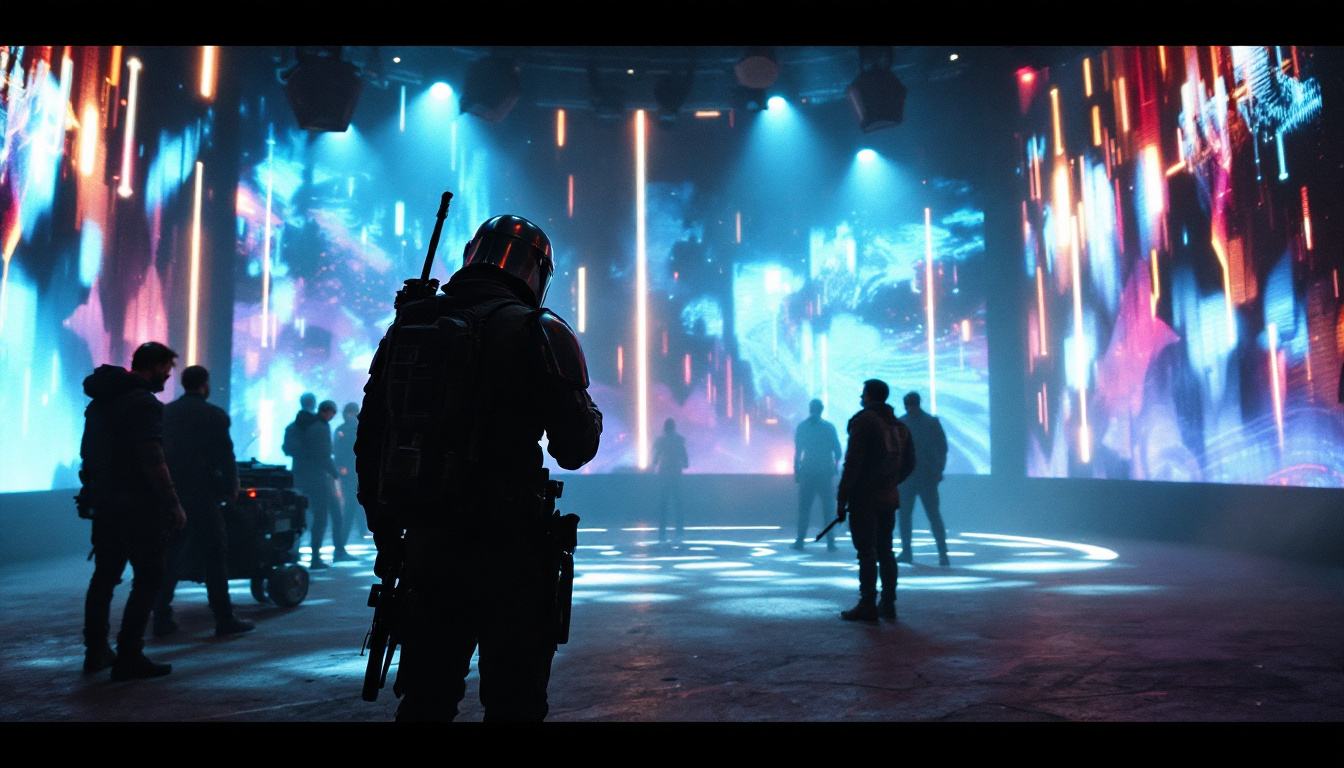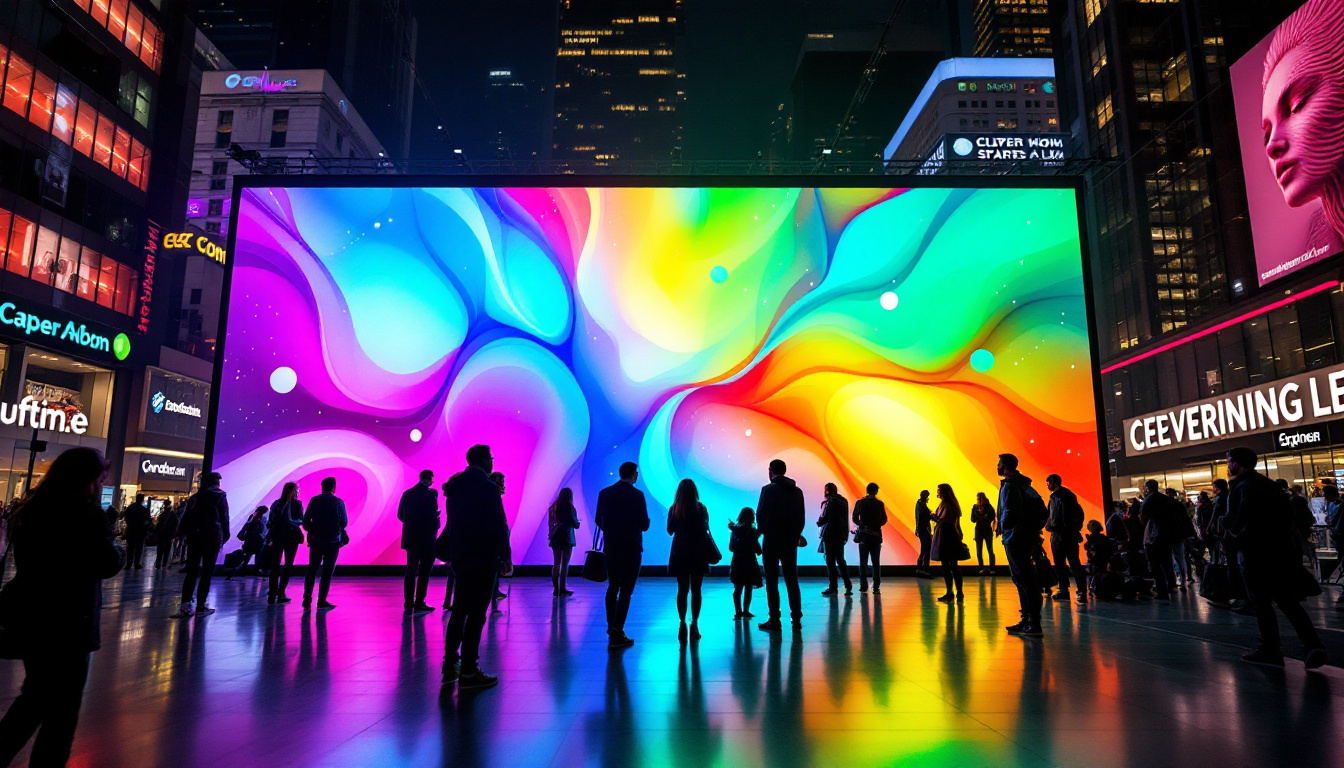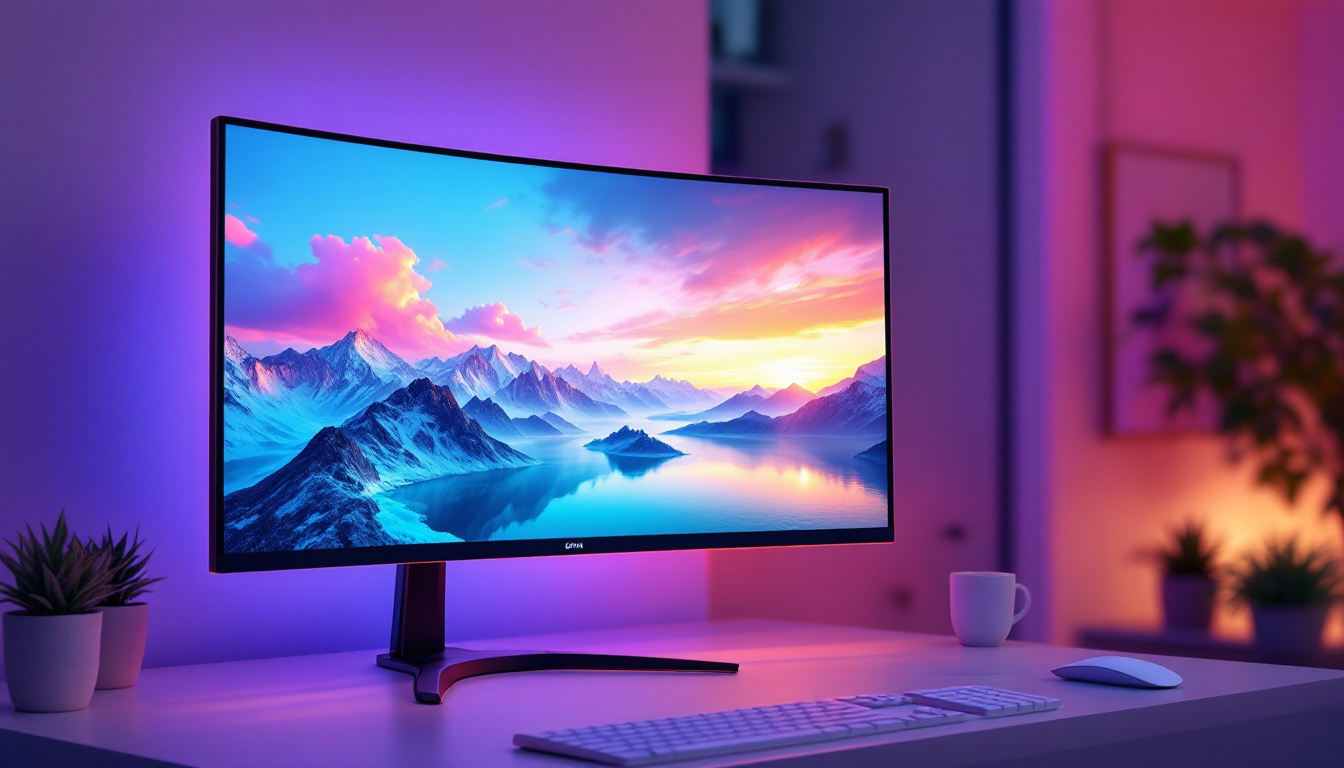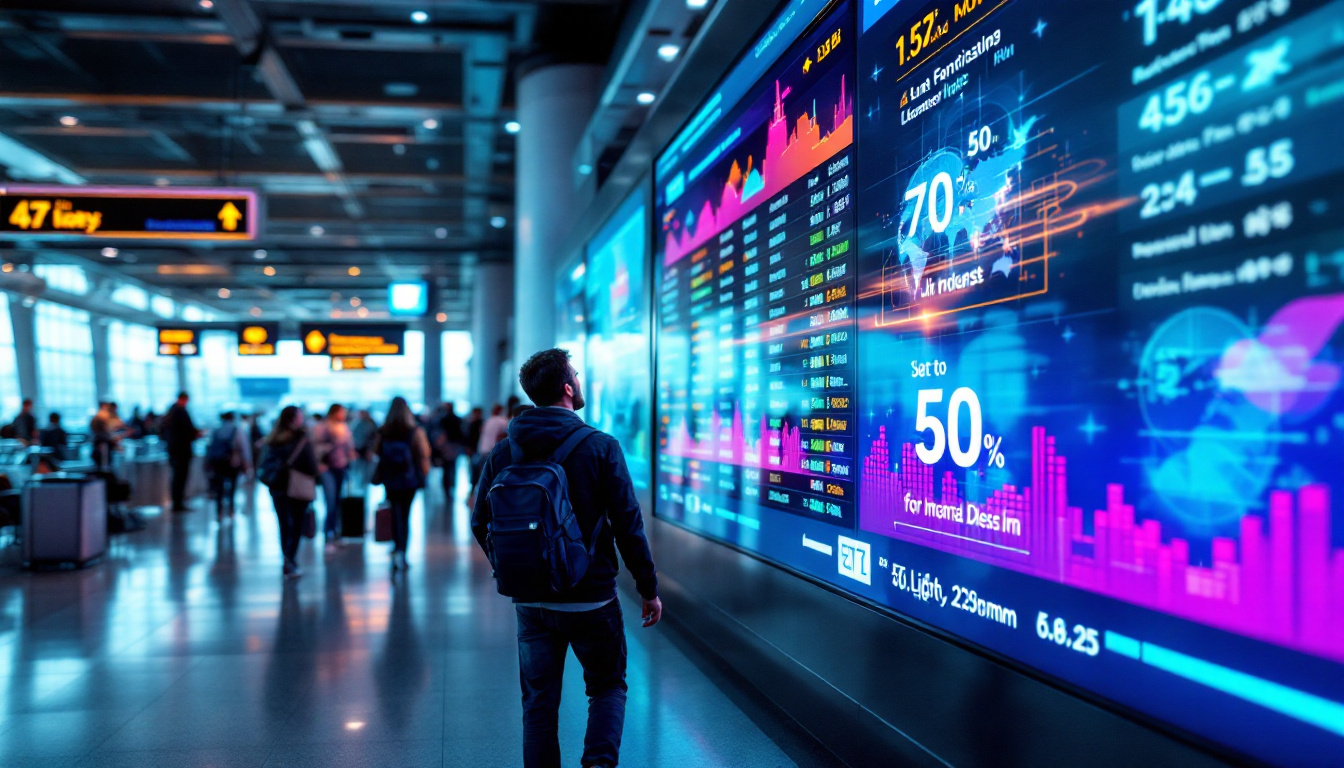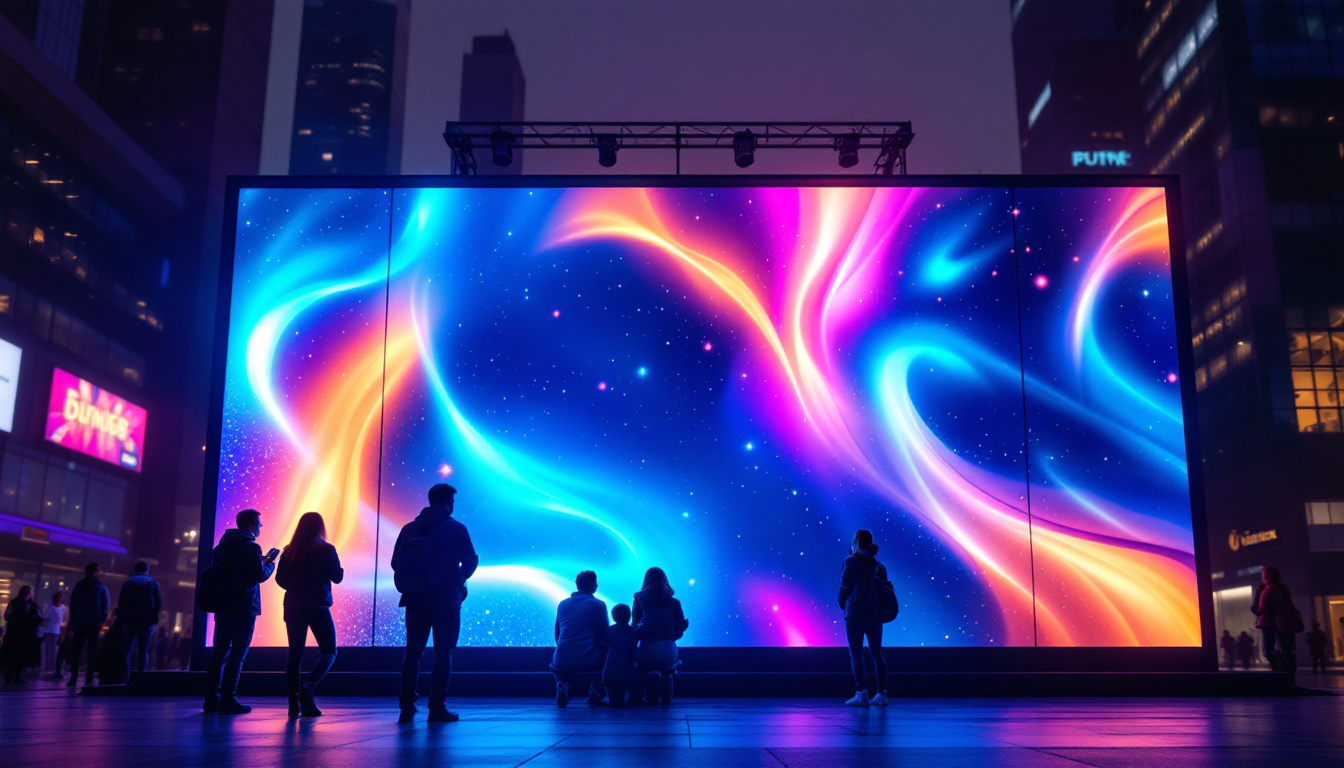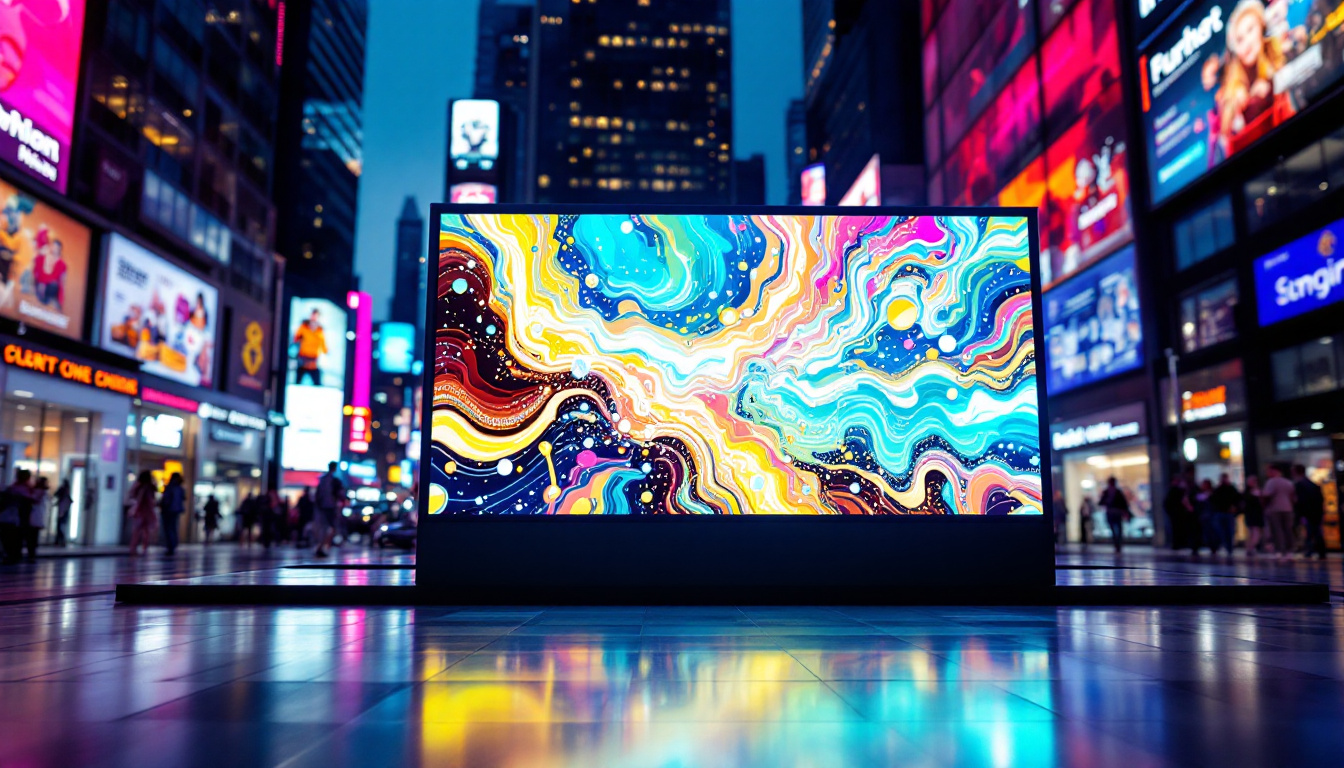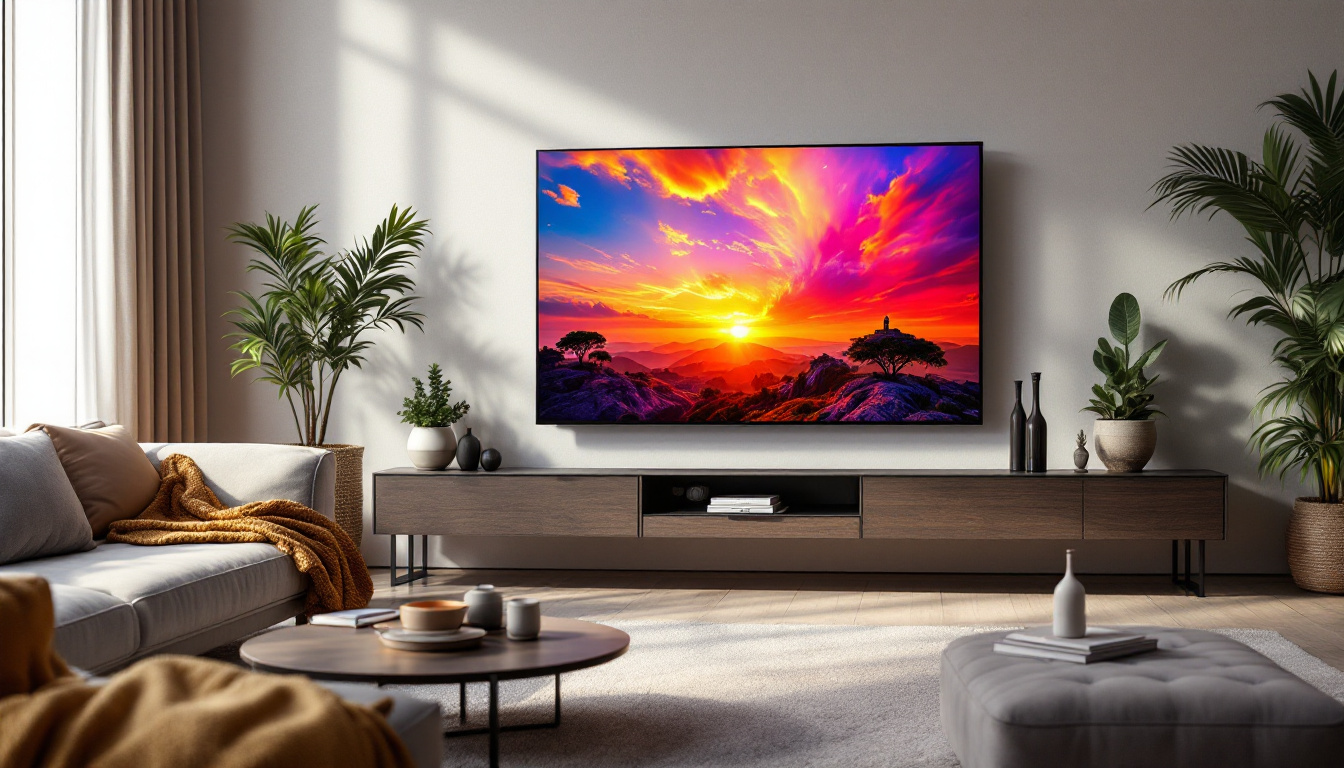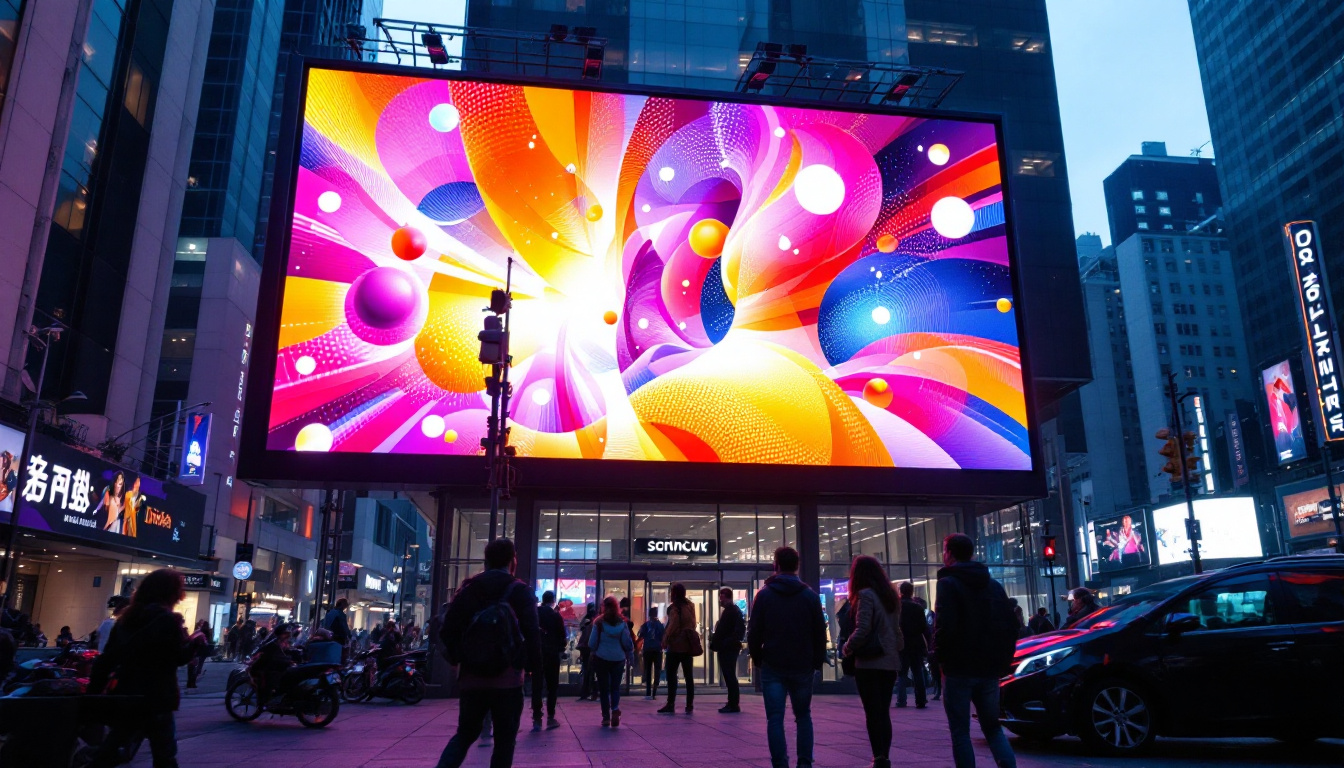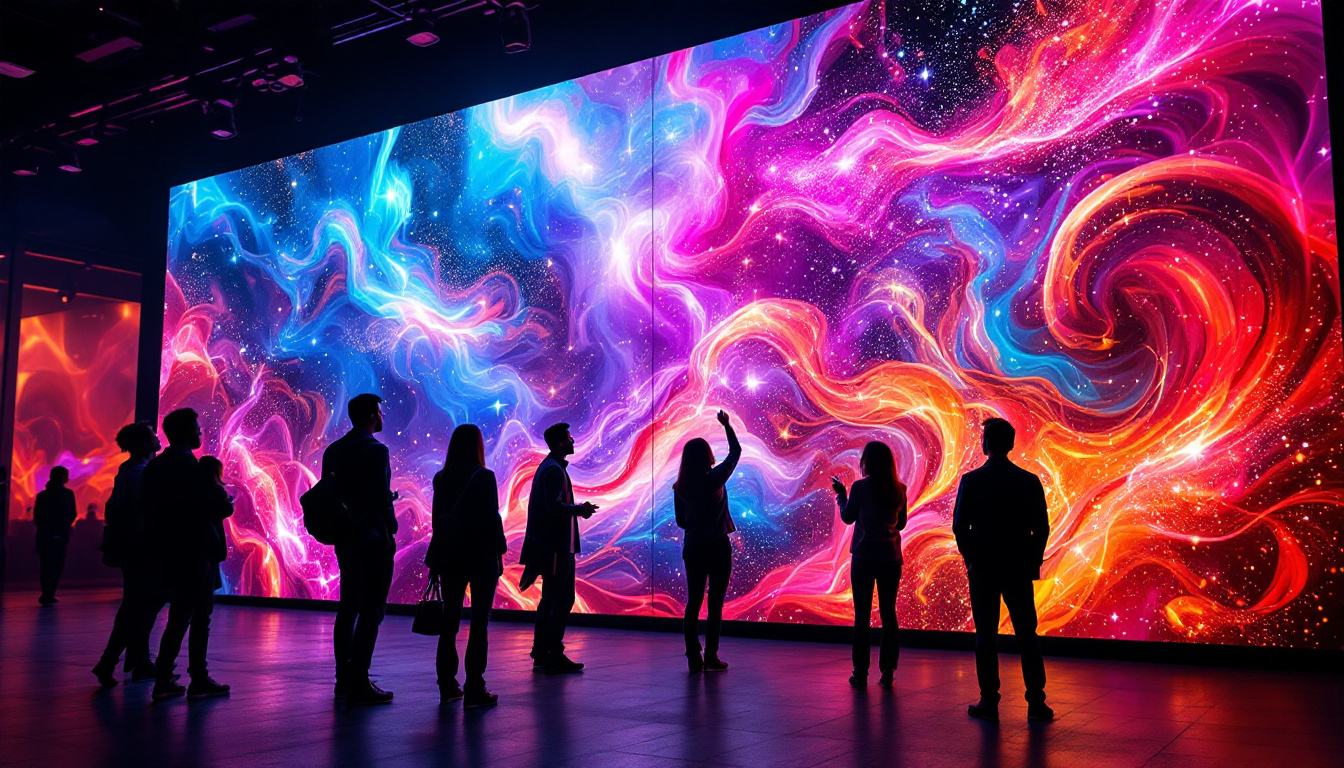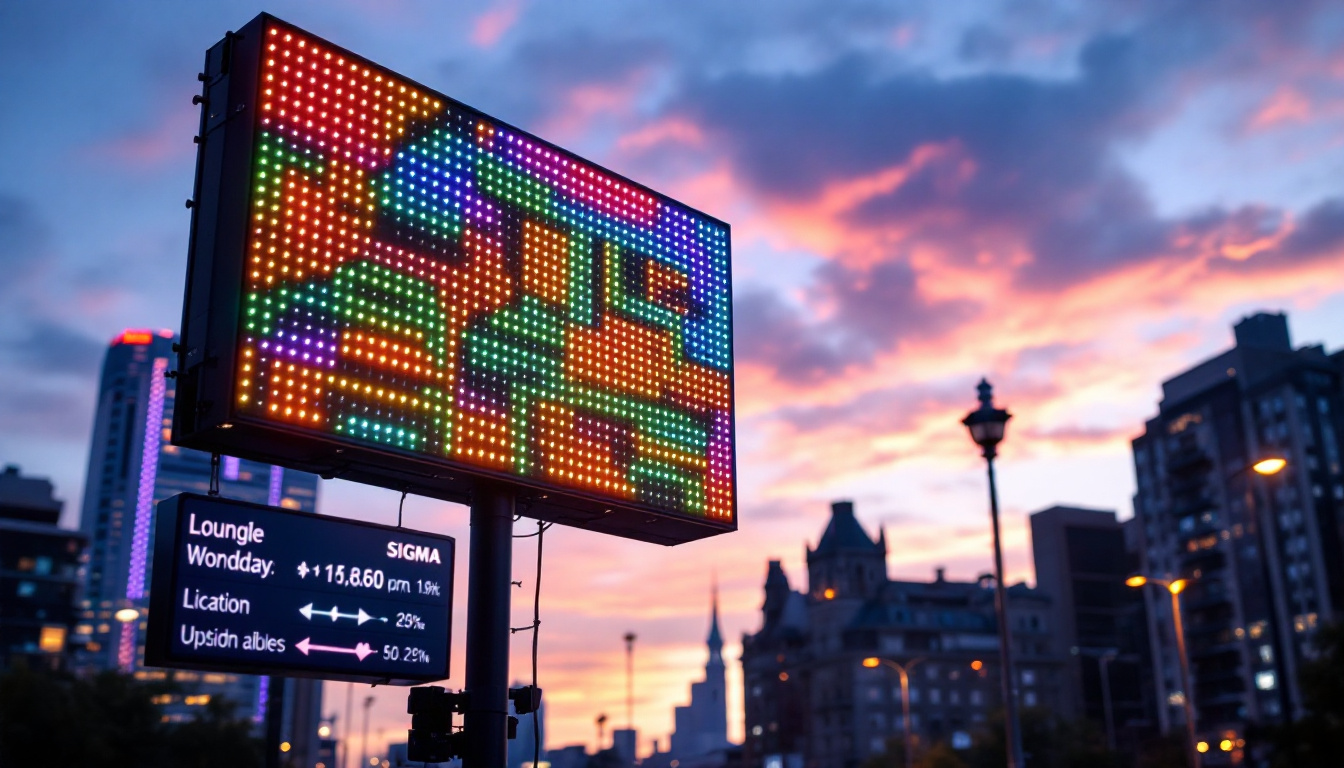In the ever-evolving world of advertising, billboards have remained a steadfast medium for brands seeking to capture public attention. However, with the advent of digital technology, traditional static billboards have transformed into dynamic, eye-catching LED displays. These clever billboard advertisements are revolutionizing outdoor marketing by combining technology, creativity, and strategic placement.
This article delves into the mechanics of LED billboard displays, explores their advantages, and highlights why they have become an indispensable tool for advertisers aiming to engage audiences effectively in today’s fast-paced environment.
Understanding LED Billboard Technology
What is an LED Billboard?
LED, or Light Emitting Diode, billboards are large-scale digital displays that use thousands of tiny LEDs to create vibrant, high-resolution images and videos. Unlike traditional billboards that rely on printed vinyl or paper, LED billboards can change their content dynamically, allowing for multiple advertisements to be shown in rotation or even real-time updates. This flexibility not only maximizes advertising potential but also allows businesses to respond to current events or promotions instantly, making their marketing efforts more relevant and timely.
The core technology behind these billboards involves arrays of LEDs that emit light when an electric current passes through them. These LEDs are arranged in pixels, which together form the images and videos displayed. The brightness and color accuracy of LED displays make them visible even in direct sunlight, a critical factor for outdoor advertising. Additionally, many modern LED billboards are equipped with sensors that adjust brightness based on ambient light conditions, ensuring optimal visibility at all times while also conserving energy.
Types of LED Displays Used in Billboards
LED billboards come in various configurations, primarily categorized by pixel pitch, which is the distance between individual LEDs. A smaller pixel pitch means higher resolution and sharper images, suitable for billboards located close to pedestrian traffic. Larger pixel pitches are common for billboards placed at highways or further distances, where viewers are typically driving by. This differentiation allows advertisers to tailor their campaigns based on the viewing distance and audience engagement they aim to achieve.
There are two main types of LED displays used in billboards:
- Monochrome LED Displays: These use a single color LED, often red or amber, and are primarily used for simple text or numeric information such as time, temperature, or stock prices. Their simplicity and cost-effectiveness make them a popular choice for businesses that need to convey straightforward messages quickly.
- Full-Color LED Displays: These combine red, green, and blue LEDs to produce a full spectrum of colors, enabling the display of complex images, videos, and animations. This versatility allows brands to create eye-catching advertisements that can capture the attention of passersby, making them a preferred option for high-impact marketing campaigns.
Moreover, the advancements in LED technology have led to the development of features such as high dynamic range (HDR) imaging, which enhances the contrast and color depth of the displayed content. This results in more vivid and lifelike visuals that can significantly enhance viewer engagement. Additionally, many LED billboards now incorporate interactive elements, such as QR codes or social media integration, allowing audiences to engage with the content in real-time, further bridging the gap between digital and physical advertising spaces.
“`html
The Advantages of LED Billboard Advertisements
Dynamic Content and Real-Time Updates
One of the most significant benefits of LED billboards is their ability to display dynamic content. Advertisers can schedule multiple ads to run throughout the day, targeting different demographics or adjusting messaging based on time, weather, or current events. For example, a coffee brand can promote hot beverages in the morning and iced drinks in the afternoon, maximizing relevance and engagement.
Real-time updates also allow for interactive campaigns. Some LED billboards integrate social media feeds or live event coverage, creating a sense of immediacy and connection with the audience. This flexibility is impossible with traditional static billboards, which require manual replacement of printed materials. Furthermore, the integration of QR codes or SMS prompts can encourage viewer interaction, allowing potential customers to engage directly with brands through their smartphones, driving traffic to websites or special promotions.
Enhanced Visibility and Impact
LED billboards are designed to be highly visible, even in challenging lighting conditions. Their brightness can be automatically adjusted to suit the ambient light, ensuring clarity without causing glare or discomfort. This feature is particularly advantageous for nighttime advertising, where LED displays can maintain vibrant imagery that captures attention long after sunset.
Studies have shown that digital billboards increase brand recall by up to 47% compared to static billboards. The motion and color variations naturally draw the eye, making it easier for advertisers to communicate their messages effectively. Additionally, the strategic placement of LED billboards in high-traffic areas can amplify their impact, as they reach a larger audience, including pedestrians and drivers alike. The combination of movement and strategic location creates a compelling visual experience that enhances brand visibility and memorability.
Cost Efficiency Over Time
While the initial investment in LED billboard technology can be higher than traditional billboards, the long-term cost benefits are substantial. The ability to change content digitally eliminates printing and installation costs associated with static ads. Additionally, the durability of LEDs reduces maintenance expenses, as they tend to have longer lifespans and are less prone to damage from weather conditions.
Moreover, advertisers can optimize their campaigns by running multiple ads on a single billboard, increasing revenue opportunities for billboard owners and providing more value for advertisers. This flexibility allows for targeted advertising based on specific times of day or audience demographics, enabling brands to maximize their advertising spend. As a result, many companies find that the return on investment for LED billboards far outweighs the initial costs, making them a smart choice for modern advertising strategies.
“`
Creative Strategies for LED Billboard Advertising
Leveraging Motion and Animation
Motion graphics and animations are powerful tools in LED billboard advertising. Moving visuals naturally attract human attention and can convey complex messages more effectively than static images. For instance, a car manufacturer might use animation to showcase a vehicle’s sleek design or highlight features like adaptive headlights through dynamic lighting effects.
Creative use of animation also allows advertisers to tell a story or build suspense, encouraging viewers to engage more deeply with the advertisement. This storytelling approach can significantly enhance brand affinity and memorability.
Interactive and Contextual Advertising
Some LED billboards incorporate sensors or cameras to create interactive experiences. For example, a billboard might change its message based on the demographics of the passing audience or respond to environmental factors like weather or traffic conditions. This level of personalization makes the advertisement feel more relevant and engaging.
Contextual advertising, where the billboard content adapts to the surrounding environment or current events, can also boost effectiveness. For example, during a major sports event, a billboard might display themed ads or congratulate local teams, tapping into community pride and shared interests.
Integration with Mobile and Social Media Campaigns
Modern LED billboards often serve as part of a broader marketing ecosystem. By integrating QR codes, hashtags, or social media handles into the display, advertisers encourage viewers to interact beyond the physical billboard. This integration helps bridge the gap between offline and online marketing, driving engagement and data collection.
For example, a fashion brand might display a hashtag encouraging viewers to share photos of their outfits on social media, creating user-generated content that amplifies the campaign’s reach.
Challenges and Considerations in LED Billboard Advertising
Regulatory and Environmental Concerns
Despite their benefits, LED billboards face regulatory scrutiny in many regions due to concerns about light pollution, driver distraction, and energy consumption. Local governments often impose restrictions on brightness levels, operating hours, and placement, which advertisers must navigate carefully.
Environmental considerations are also important. Although LEDs are energy-efficient compared to other lighting technologies, the cumulative energy use of large digital billboards can be significant. Advertisers and billboard operators are increasingly adopting sustainable practices, such as using solar power or energy-saving modes, to mitigate environmental impact.
Technical Maintenance and Reliability
Maintaining LED billboards requires specialized technical knowledge. Issues such as dead pixels, color calibration, and software glitches can affect display quality and campaign effectiveness. Regular maintenance and monitoring are essential to ensure optimal performance.
Moreover, as LED technology advances rapidly, older billboards may become obsolete or incompatible with new software, necessitating periodic upgrades. Advertisers should factor these considerations into their long-term planning and budgeting.
The Future of LED Billboard Advertising
Advancements in Display Technology
Emerging technologies promise to further enhance the capabilities of LED billboards. Innovations such as micro-LEDs offer even higher resolution and energy efficiency, while flexible and transparent LED panels open new possibilities for creative billboard designs integrated into urban architecture.
Additionally, the integration of artificial intelligence (AI) and machine learning can enable billboards to analyze audience behavior in real-time and optimize content delivery automatically, maximizing engagement and return on investment.
Augmented Reality and Immersive Experiences
The convergence of LED billboard technology with augmented reality (AR) is poised to create immersive advertising experiences. For instance, passersby could use their smartphones to interact with billboard content, unlocking additional layers of information or virtual try-ons.
Such innovations will blur the lines between physical and digital advertising, offering brands unprecedented opportunities to connect with consumers in meaningful and memorable ways.
Conclusion
LED billboard advertisements represent a significant leap forward in outdoor marketing, combining technological sophistication with creative potential. Their ability to deliver dynamic, high-impact content in real-time makes them an invaluable asset for brands seeking to stand out in crowded urban landscapes.
As technology continues to advance and advertisers embrace innovative strategies, LED billboards will play an increasingly central role in shaping the future of advertising—captivating audiences with clever, engaging, and contextually relevant messages that resonate long after the first glance.
“`html
Illuminate Your Brand with LumenMatrix
Ready to elevate your advertising strategy with the dynamic power of LED displays? LumenMatrix is at the forefront of LED display technology, offering a wide array of solutions from Indoor and Outdoor LED Wall Displays to innovative LED Sports and Floor Displays. Embrace the future of visual communication with our Custom, All-in-One, and Transparent LED Displays, designed to captivate your audience and amplify your message. Don’t just advertise—mesmerize. Check out LumenMatrix LED Display Solutions and transform your brand’s visibility today.
“`

